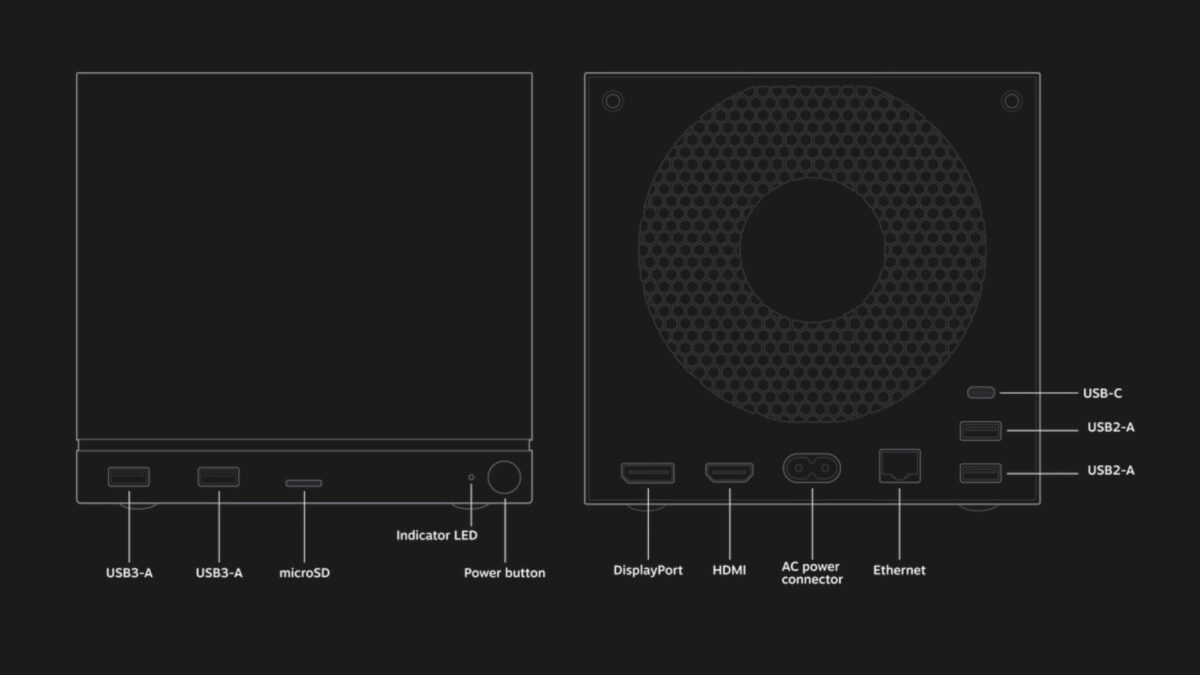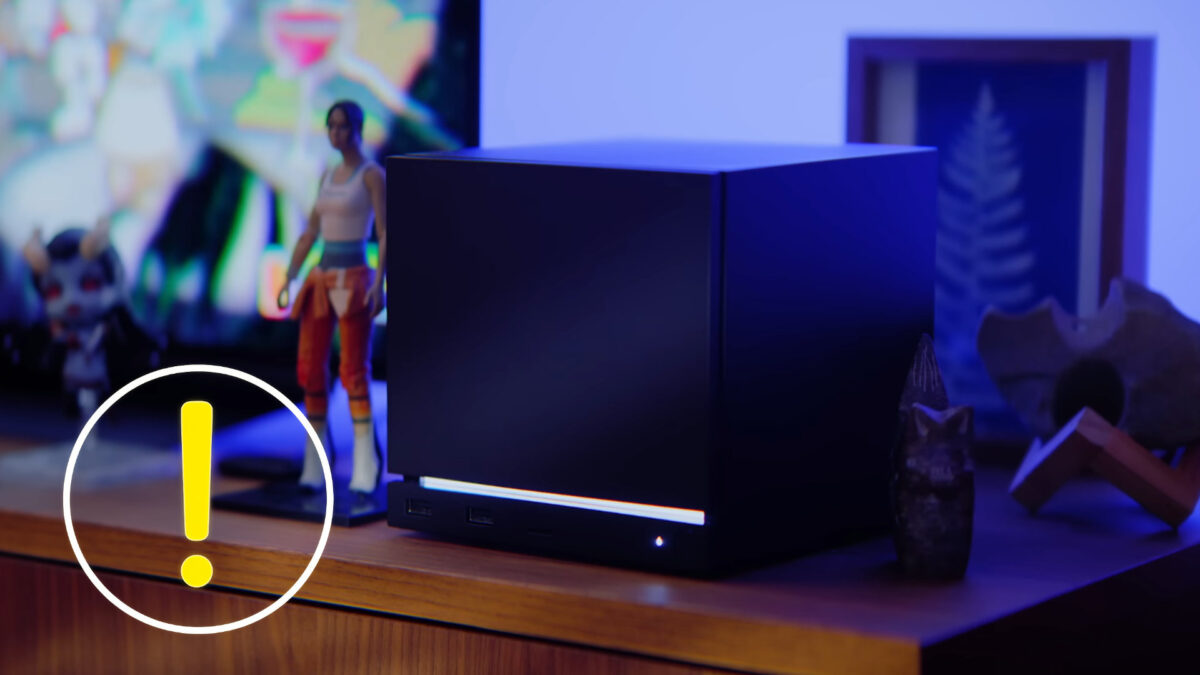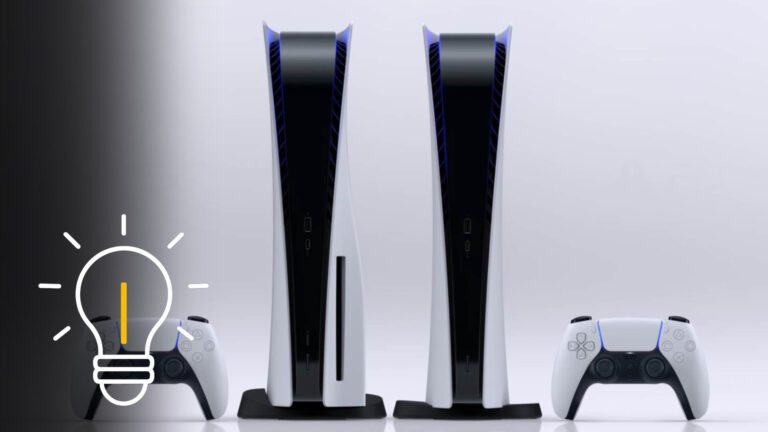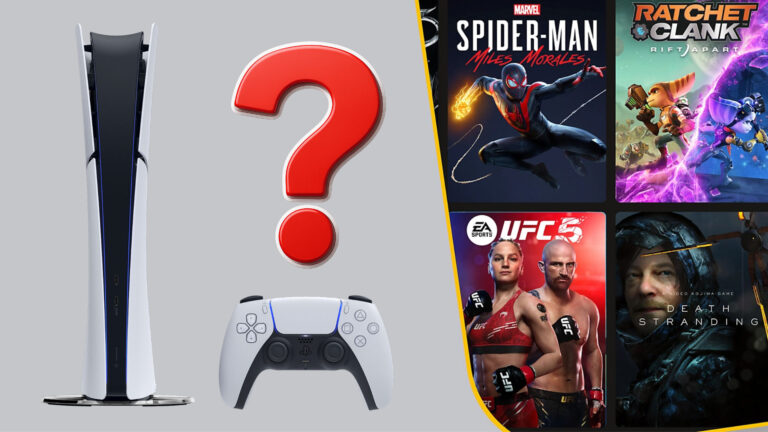Valve is launching its own console in 2026 – the Steam Machine. Here you’ll find all the details on release, hardware and more.
With the Steam Machine, Valve is making another move into the console market – this time with a compact living-room Linux PC running SteamOS that aims to combine powerful PC hardware with the comfort of traditional consoles. The release is planned for early 2026. Here you’ll find all essential information on hardware, design, operating system and Valve’s new hardware strategy.
What Is the Steam Machine?
The Steam Machine is Valve’s answer to the demand for a stationary alternative to the Steam Deck. It’s designed for anyone who wants to enjoy their Steam library comfortably on a TV without having to set up a full gaming PC in the living room. Unlike the first, largely unsuccessful Steam Machines from 2015, Valve is developing this new version entirely in-house – including hardware, software and accessories.
The device weighs around 2.6 kilograms and comes in a compact cube-shaped chassis with edges measuring roughly 16 centimeters. It can be placed horizontally or vertically. An LED strip on the front shows system statuses like download progress and can be customized or disabled. Power is supplied via an integrated PSU – no external power brick required.
Steam Machine Release: When is the New Console Coming ?
Until now, all we knew was that the Steam Machine was planned for a 2026 launch. However, a more specific timeframe has now been revealed. According to current information, the new console is set to arrive in the first quarter of 2026. An exact release date hasn’t been announced yet. We’ll update this article as soon as more details become available.
Technical Specs: CPU, GPU, RAM
Inside the Steam Machine runs a semi-custom AMD chip with six Zen 4 cores and twelve threads, clocking up to 4.8 GHz. Despite a relatively low 30-watt TDP, Valve promises performance comparable to a Ryzen 5 7600X.
Graphics come from an RDNA 3–based GPU with 28 compute units, clocking up to 2.45 GHz and drawing around 110 watts. This puts performance below a Radeon RX 7600 but well above the Steam Deck – according to Valve, the new Steam Machine is more than six times more powerful than the handheld.
Specs include:
- 16 GB DDR5 RAM (system memory)
- 8 GB GDDR6 VRAM (graphics memory)
- Two SSD options: 512 GB or 2 TB NVMe
- Expandable via microSD card

4K Gaming & Ray Tracing – With Limitations
Valve advertises 4K gaming at 60 FPS and ray tracing support – but only with AMD’s FSR upscaling. Since the latest version, FSR 4, is currently reserved for RDNA 4 GPUs, the Steam Machine will likely use FSR 3.1, which could be a disadvantage compared to consoles like the upcoming PlayStation 5 Pro.
In practice, the new console should offer solid 1080p or 1440p performance at high settings. 4K with ray tracing will only be feasible in select titles or optimized scenarios – especially since the 8 GB VRAM may become a bottleneck in modern AAA games.
Ports and Connectivity
The Steam Machine offers a wide range of ports for peripherals and displays:
- DisplayPort 1.4 (up to 4K at 240 Hz or 8K at 60 Hz with HDR and FreeSync)
- HDMI 2.0 (up to 4K at 120 Hz with HDR)
- 2× USB-A 3.2 (front), 2× USB-A 2.0, 1× USB-C 3.2 Gen 2 (rear)
- Gigabit Ethernet
- Wi-Fi 6E
- Bluetooth 5.3 with dedicated antenna
HDMI 2.1 is not supported because Valve relies on open-source drivers and the HDMI Forum still does not provide open documentation. To achieve full 4K/120Hz, DisplayPort is required – provided the TV supports it.
Software: SteamOS and Full PC Capability
Like the Steam Deck, the Steam Machine runs a customized version of SteamOS 3, based on Arch Linux with KDE Plasma as the desktop environment. The system boots directly into Big Picture Mode and grants access to your entire Steam library. Games without native Linux versions run via Proton.
The advantages include:
- Fast boot and resume functionality similar to consoles
- Cloud saves, Remote Play and controller support
- Full desktop usage (incl. app installation, dual boot)
- Ability to install a different operating system
Some multiplayer games with complex anti-cheat systems (e.g., Valorant or League of Legends) remain problematic or unplayable under Linux.
Compatibility and Accessories
The Steam Machine is compatible with all standard PC peripherals. It works especially well with the new Steam Controller, which Valve has also announced for 2026. It includes magnetic analog sticks (for drift resistance), two trackpads for mouse-like input, gyro controls, haptic feedback and a battery life of up to 35 hours.
An integrated 2.4 GHz receiver allows pairing with up to four controllers at once – without an external USB dongle. The controller also works with PC, Mac and Steam Deck.
Price & Availability
Valve has not yet announced pricing for the Steam Machine or the new Steam Controller. All that’s known is that both products are scheduled to launch in early 2026. There is currently no information about pre-orders or different editions.
Assessment: Valve’s Ambitious Console Reboot
With the new Steam Machine, Valve is making another attempt to bring PC gaming to the living room – this time under far better conditions: powerful hardware, a stable Linux-based system, full integration with the Steam ecosystem and a thoughtfully engineered hardware design.
Whether the Steam Machine can truly become an alternative to consoles like the Xbox Series X or PlayStation 5 Pro will largely depend on pricing and Valve’s ability to deliver an intuitive plug-and-play experience for less tech-savvy users.
Source: Steam









